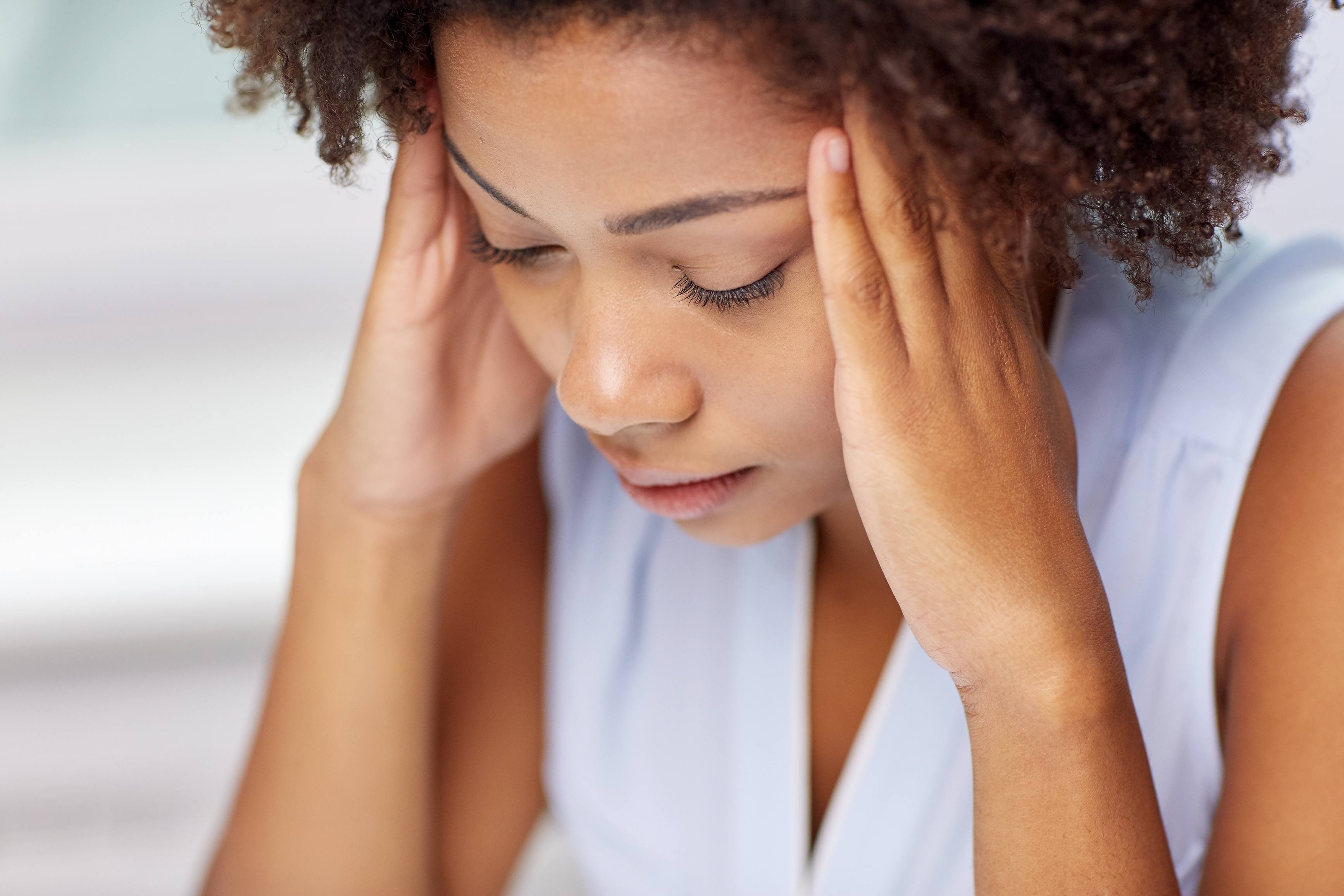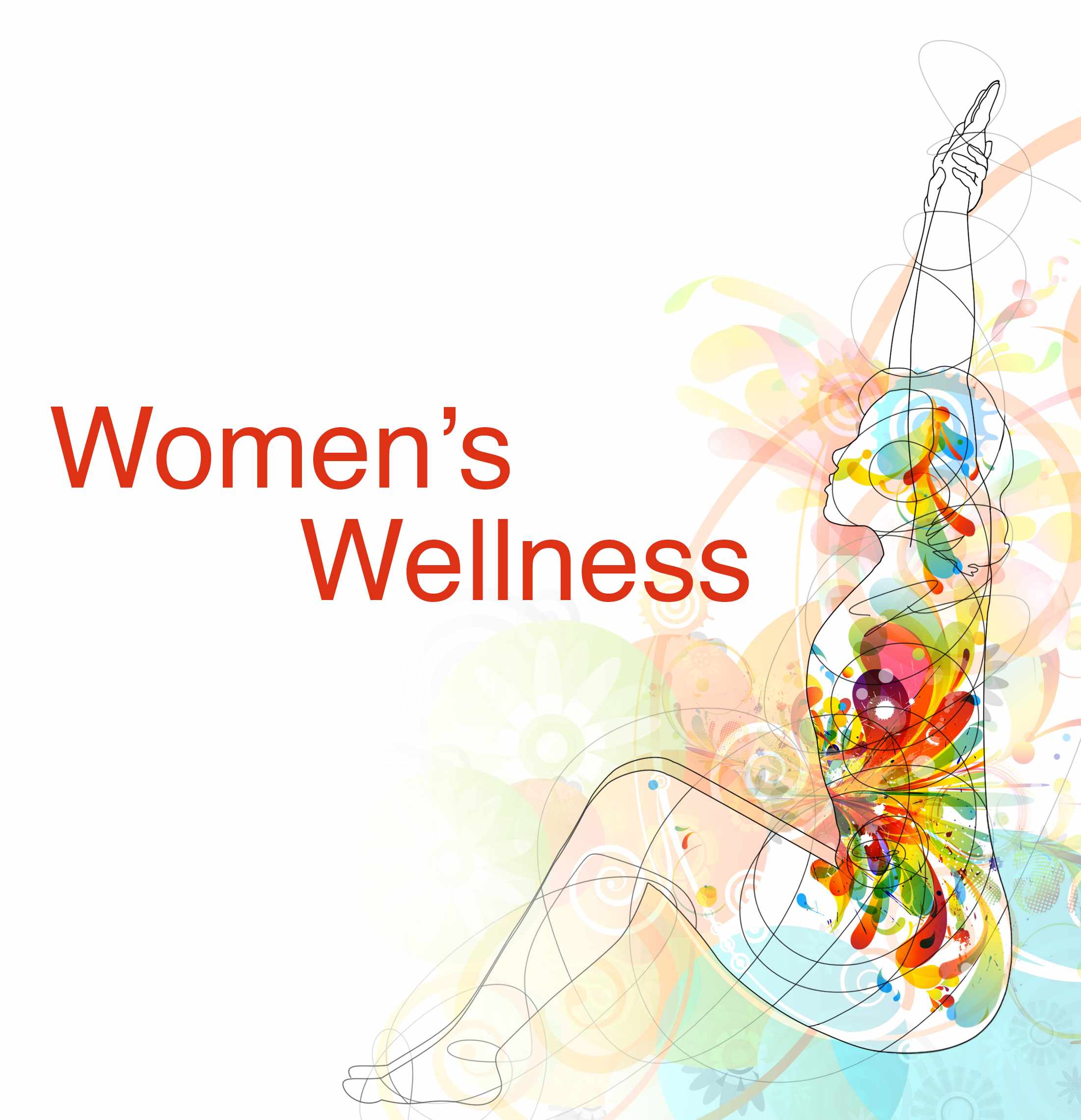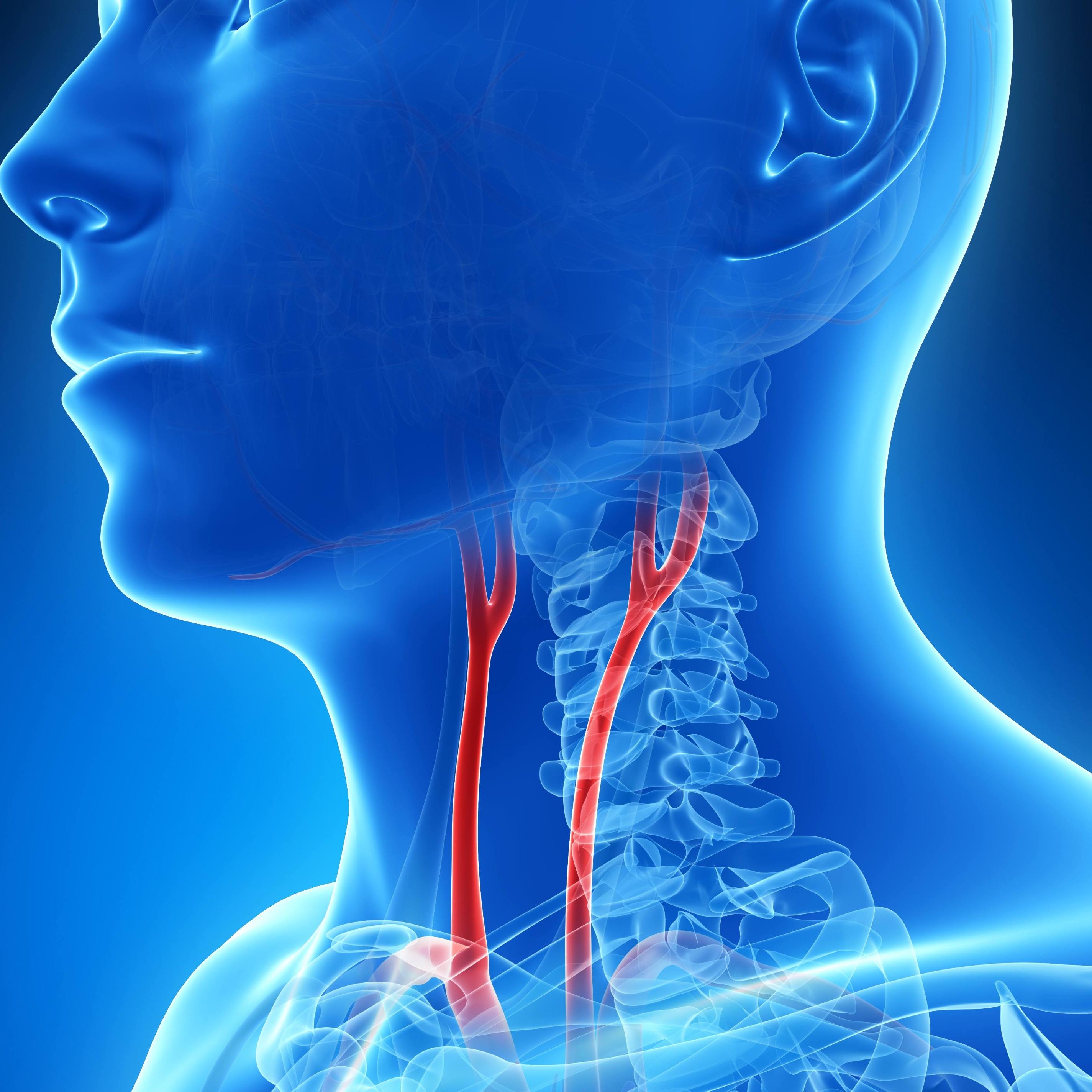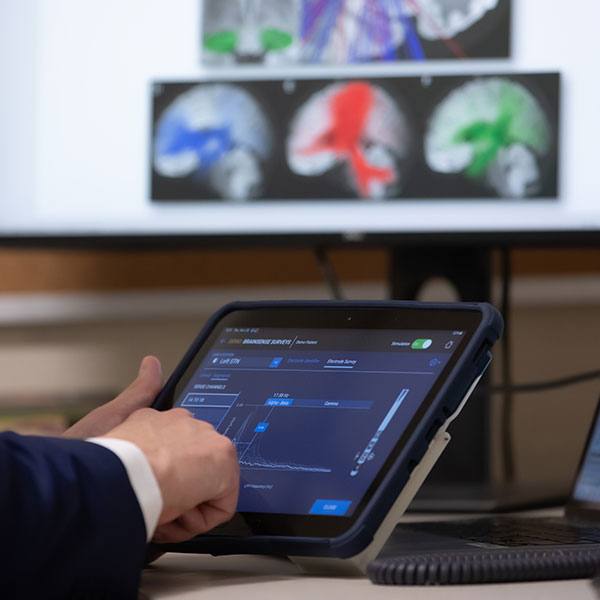-
Women’s Wellness: What women need to know about migraines

Expert alert: What’s the connection between hormones and migraine headaches?
As migraine sufferers know all too well, the throbbing pain associated with these headaches can be severe and debilitating. And all is not equal between the sexes when it comes to these crippling attacks. Research shows that migraines are three times more common in women than in men.
While the cause of this gender gap is not known for certain, experts say hormones play a big role. Stephanie Faubion, M.D., director of Mayo Clinic’s Office of Women’s Health and lead author of a recent overview of migraine in women published in Mayo Clinic Proceedings, explains why women’s risks for migraine changes over their lifetimes and the potential role of hormones for treatment.
How are migraines different from other headaches? Migraine headaches are characterized by throbbing, pulsating pain — often on one side of the head. It can be moderate to severe and last four to 72 hours. These attacks often are accompanied by nausea, vomiting and extreme sensitivity to light and sound. In some cases, people experience aura before or during a migraine. These are symptoms of the nervous system and can include flashes of light, blind spots or tingling on one side of the face or on the arm or leg.
Watch: Dr. Faubion discusses what women need to know about migraines.
Journalists: Broadcast-quality sound bites with Dr. Faubion are in the downloads.
Are there certain times during a woman’s life when she has a higher risk of developing migraines? The clear answer is “yes,” according to Dr. Faubion.
“We don’t know why women are more likely than men to experience migraine headaches, but we know that women are more vulnerable in certain times of their lives when hormone levels vary,” Dr. Faubion says.
The likelihood of migraines increases when girls begin menstruating. Women are also at heightened risk of developing migraines after giving birth and during perimenopause — the time when a woman’s ovaries start to produce less estrogen. By the time they reach menopause, roughly 40 percent of women have experienced migraine.
What role do hormones play in causing migraines in women? A sudden drop in the female hormone estrogen can trigger migraines in women. In fact, up to 70 percent of women with migraines report a connection between their attacks and their periods. Menstrual-related migraines are not typically associated with aura.
“The classic timeframe for a menstrual migraine is one to two days prior to the start of a woman’s period and lasts one to two days into the menstrual cycle,” Dr. Faubion says.
During pregnancy when estrogen levels rise, most women report improvement in their migraines. But after giving birth, estrogen levels drop precipitously, and women can experience severe migraines. During perimenopause, women can experience migraines more frequently due to sudden drops in estrogen levels.
“It can be rocky during the perimenopausal timeframe, but, generally speaking, migraine headaches tend to be less frequent after menopause,” Dr. Faubion says.
What treatment options are available for women with migraines? If standard migraine treatments aren’t working, hormonal contraceptive methods, such as birth control pills, patches and vaginal rings may help. These hormonal treatments prevent a sudden drop in estrogen when taken in a continuous fashion.
“If we can avoid that drop in estrogen, then we can often prevent migraine attacks,” Dr. Faubion says.
She says for patients with hormone-related migraines who are otherwise healthy and able to take birth control pills, she routinely prescribes a low-dose pill until they reach menopause.
While hormonal therapy isn’t an option for everyone, it has the potential to help put an end to menstrual-related migraines for some women.
“When you are losing a week out of your life every month because of migraine headaches, that is not a small thing,” Dr. Faubion says.
Media contact: Heather Carlson Kehren,
Mayo Clinic Public Affairs, 507-284 5005, newsbureau@mayo.edu
###
About Mayo Clinic
Mayo Clinic is a nonprofit organization committed to clinical practice, education and research, providing expert, comprehensive care to everyone who needs healing. Learn more about Mayo Clinic. Visit the Mayo Clinic News Network.
About Mayo Clinic Proceedings
Mayo Clinic Proceedings is a monthly peer-reviewed medical journal that publishes original articles and reviews dealing with clinical and laboratory medicine, clinical research, basic science research and clinical epidemiology. Mayo Clinic Proceedings is sponsored by the Mayo Foundation for Medical Education and Research as part of its commitment to physician education. It publishes submissions from authors worldwide. The journal has been published for more than 80 years and has a circulation of 130,000. Articles are available online at www.mayoclinicproceedings.org.








